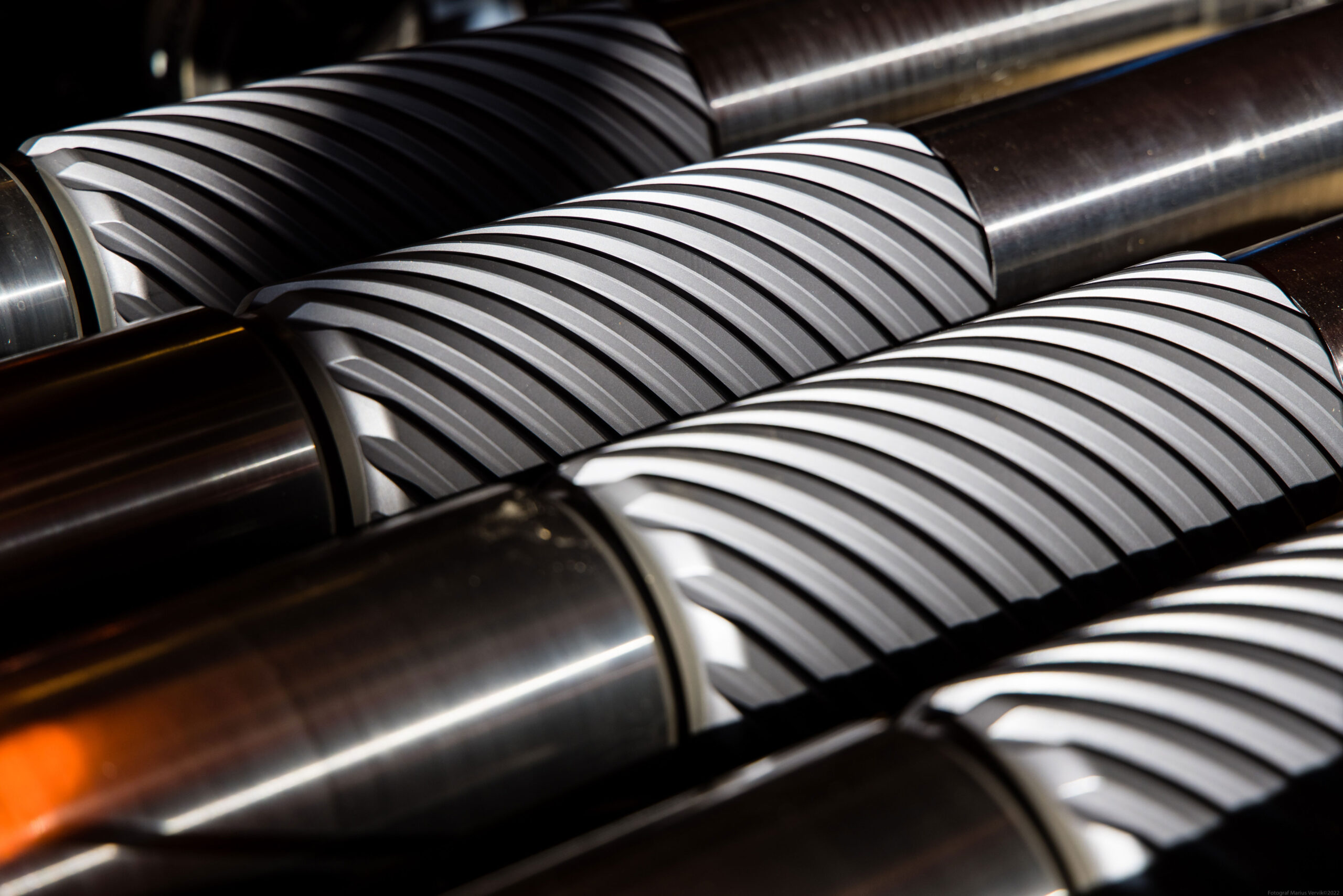Tomax downhole regulator (AST) on the North America Continent
Operators in USA and Canada are in the lead for drilling technology and efficiency. This forefront region is headed by global players that continuously search for better solutions to maximize drilling efficiency and to gain a competitive edge.
Tomax has it largest market in this region from the AST’s ability to deliver more footage per bit along with a significant reduction in bit-trips. The extensive use of AST in the region is for a large part based on statistical analysis done by the operators themselves having access to an unparalleled reference base.

Tomax’s Anti Stick-Slip Technology (AST) provides for adaptive torsional vibration management and stabilized weight-on-bit that improves cutter efficiency, extends bit life and reduces dysfunctions. The advantages increase with more challenging weight and RPM transfer and the technology is for example used in the longest well in the Permian Basin.
Designed from the outset to perform in advanced offshore directional drilling including under-reaming operations, the AST has a rigidity that helps operators increase performance and reduce NPT based on unique operational reliability.
With 16 years of field experience and 9,234 wells in the US and 1892 in Canada, the Tomax AST is a proven solution by all possible standards.
KEY CHALLENGES IN the US and Canada
Challenge: The market is dominated by long unconventional laterals with unique torque and drag challenges.
How Tomax solves the challenge: The AST regulator has a long stroke and uses it continuously to maintain optimal efficiency given the erratic torque and weight input typical for long laterals
Challenge: Power at the bit is about double or three times that of conventional drilling and uses positive displacement mud motors in the BHA
How Tomax solves the challenge: The latest generation AST uses a patented spring system to provide a practically unlimited range for drilling parameters
Challenge: Fast build rates and self-guided RSS systems can induce high bending stresses and risk from fatigue
How Tomax solves the challenge: Tomax uses specialized, tapered internal tool joints with double shoulder relief to have the highest fatigue resistance attainable
Challenge: Abrasive sandstones combined with long wells in Canada ads special challenges in terms of external wear from abrasion
How Tomax solves the challenge: Hard-banding is available for abrasive environments. The protection is applied in predetermined sections to maintain optimal fatigue resistance

Relevant Publication
Cost Efficiency in North American Drilling Operations
Cimarex Energy Co. sought to lower well costs and improve efficiency in the Permian Basin. By integrating AST, they reduced bit failures by 75% and quadrupled drilling depth per bit, cutting downtime and expenses.
Today, over half of all rotary steerable operations in the Permian Basin use AST, proving its impact on cost-effective, high-performance drilling across North America.
SPE PAPERS
-
Analysis of Downhole Regulator
Read the full paper: Analysis of Downhole RegulatorDynamic Analysis of a Downhole Regulator for Drilling in Interbedded Formations Arviandy G. Aribowo; Roeland…
-
Performance Analysis
Read the full paper: Performance AnalysisPerformance Analysis of a Downhole Regulator on Rate-Of-Penetration and Drilling Efficiency: An Autonomous Load Management…
FREQUENTLY ASKED QUESTIONS
How does AST improve performance in unconventional wells?
AST absorb and feeds weight and torque in a controlled manner and thus reduces the negative effects from the distorted weight and RPM transfer through a long and twisted pipe.
How does AST compare to active vibration control systems?
The AST regulator is located below the neutral- or point of zero tension in the string. This makes a big difference because below this point, surface controls have practically no influence.
How does the AST deal with HFTO vibrations?
The AST limits bursts of torsional energy that otherwise is known to energize higher frequency torsional oscillations harmonic or HFTO, in the lower BHA.
How does AST help operators reduce cost per barrel?
By improving drilling efficiency and reducing round-trips, AST saves time that is measurable on a larger scale and adds to the effort of reducing delivery time per well.
What cost savings can AST provide?
AST is proven to reduce bit trips, tool replacements by 70% in the Permian Basin (2020). The effect on non-productive time (NPT) is obvious and leads to lower operational costs.
MAIN COMPETITIVE COMPARISONS IN THE US
| Attribute | TOMAX | MAIN COMPETITOS In US and CanadaAlternative downhole regulators available in US and Canada are GuardVibe by Baker Hughes, Positrack by NOV, Threlix by TAQA, NeoTork by Neo Oil tools, SDT by SLB, Steady Torque by Scout Downhole, Storm Tool by Rival, RipStick by Innovex and SureDrill-AVD by APS. |
|---|---|---|
| Downhole Regulator | XC and CD-AST | 9 |
| Local field experience | Since 2009 | Since 2016 |
| Operational range | Yes | |
| Under-Reamer | Yes | |
| HTHP | Yes | |
| Milling | Yes |
Contact us
Ready to optimize your drilling operations in the US/Canada? Contact our operations offices in Houston or Odessa:
USA
Houston
+1 281-431-7800
Since the opening in 2012, the activity in Houston (Pearland) has doubled several times over. The capacity is enough to support more than 100 drilling operations in parallel and the Houston facility also supports contracted warehouses in Odessa and Calgary.
More informationUSA
Odessa, Texas
(+1) 432 614 5009
Established in 2017, our Odessa team leverages its expertise to handle tool deliveries and 24/7 support to Permian drillers.
More information